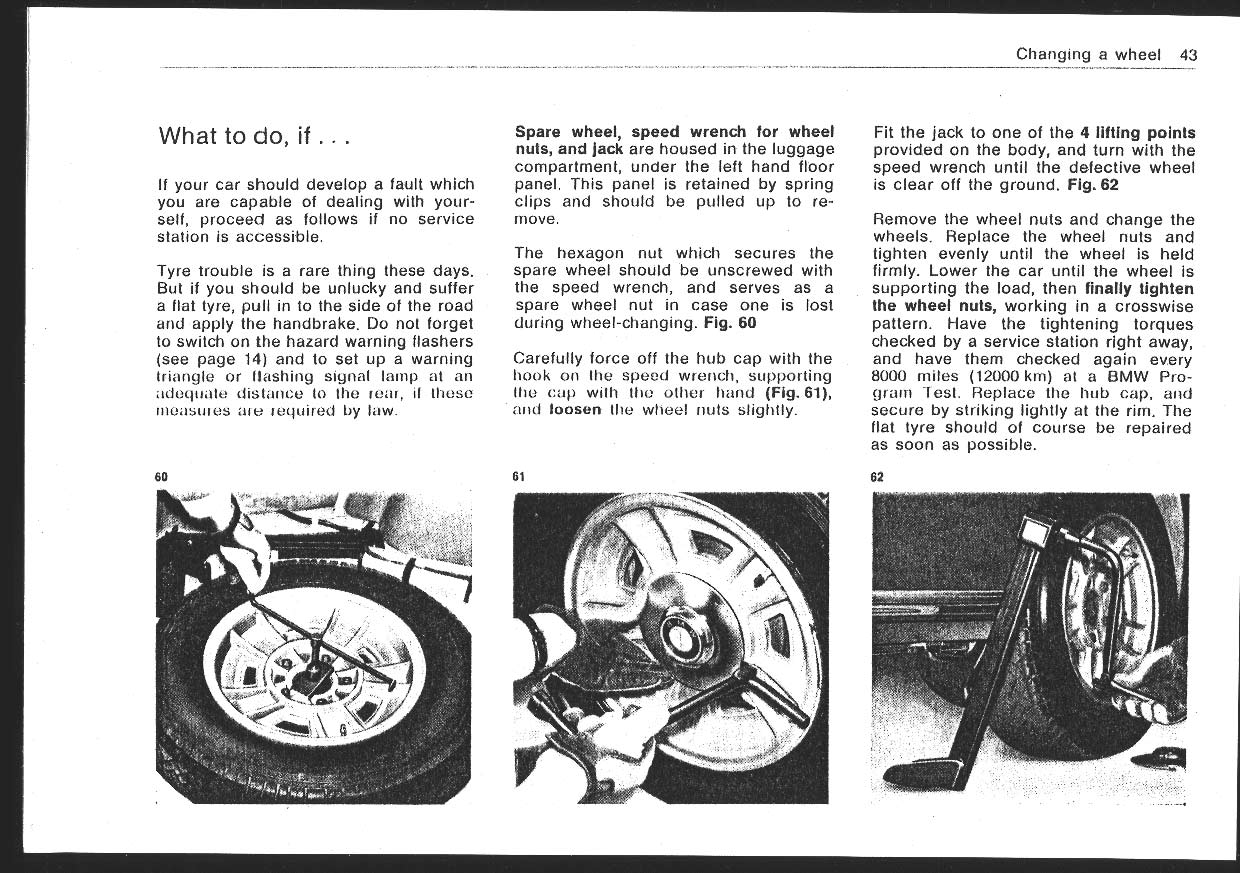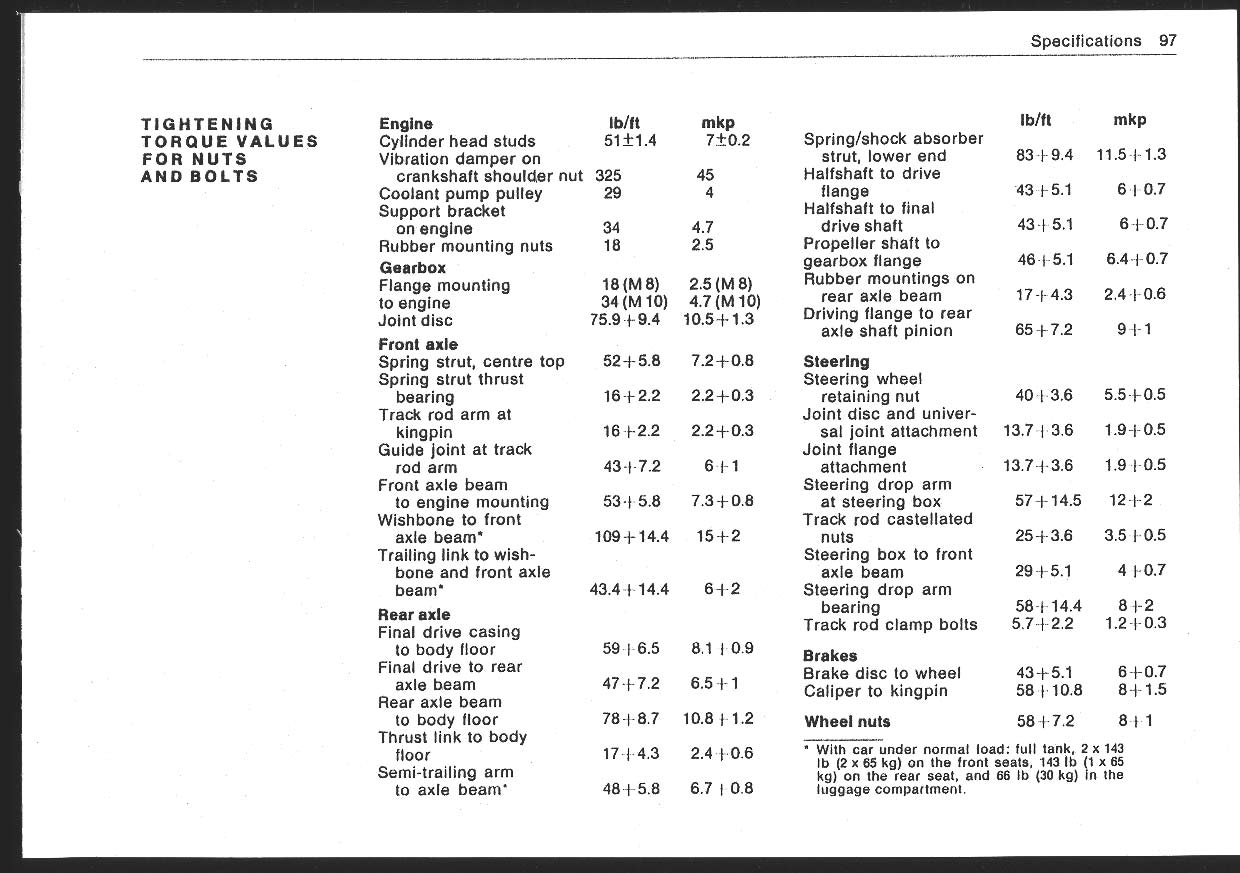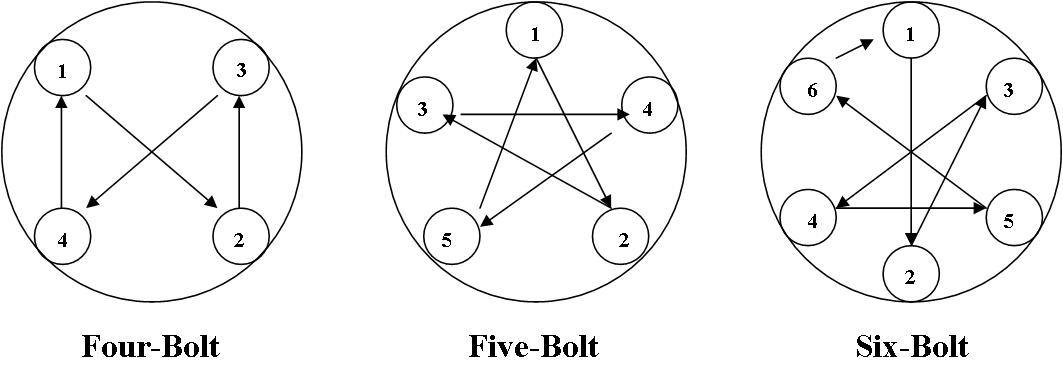I replaced my front rotors and pads 15,000 miles ago. Well, the shimmy started again (normal street driving, not hard, no driving when wet) and I had confirmation from 2 knowledgable shops that the front suspension was tight and that the rotors were warped. The rotors came from Mesa Performance ($52. each) and the pads were PBR's. Nobody i talked to can explain this. Am I missing something? Has anyone else had this issue? Solutions???
1. Have them turned?
2. Replace with another $50 rotor.
3. Go with Zimmermannn's (where can I find these?)
4. Use BMW parts (Tompkinson $122. ?)
Thanks in advance...BOB
1. Have them turned?
2. Replace with another $50 rotor.
3. Go with Zimmermannn's (where can I find these?)
4. Use BMW parts (Tompkinson $122. ?)
Thanks in advance...BOB




